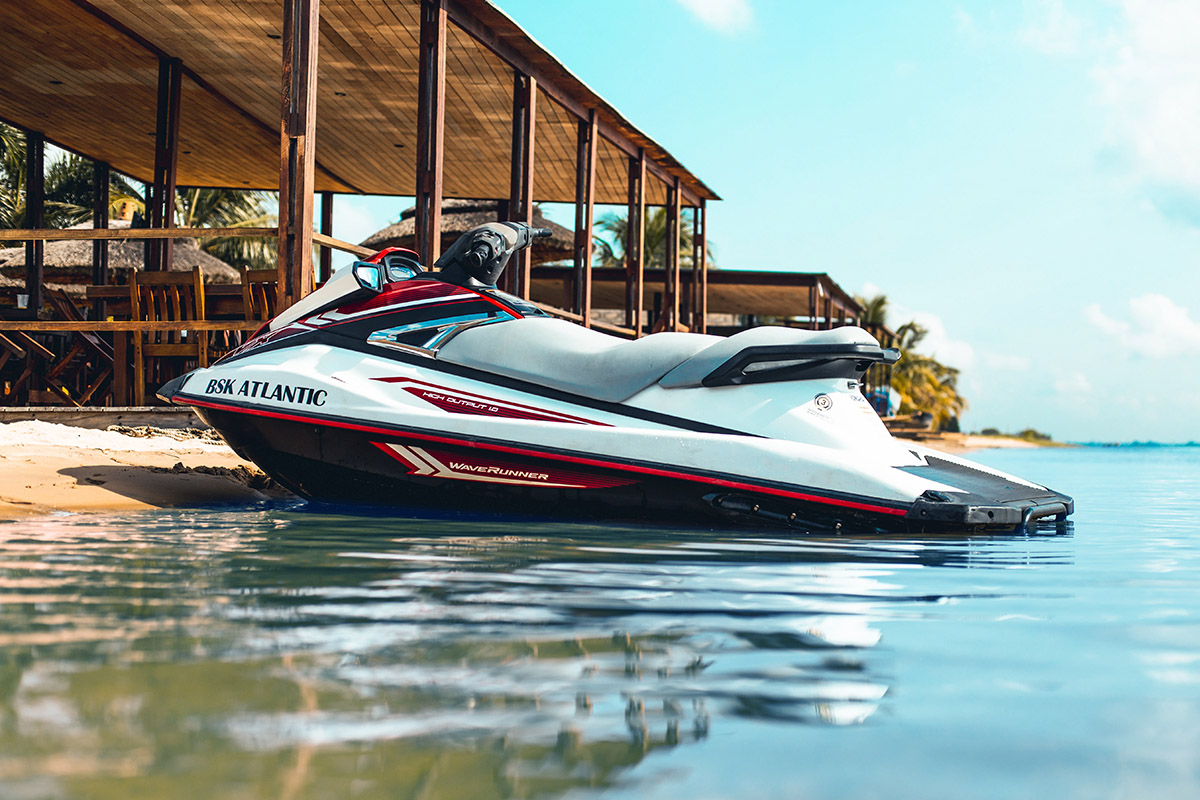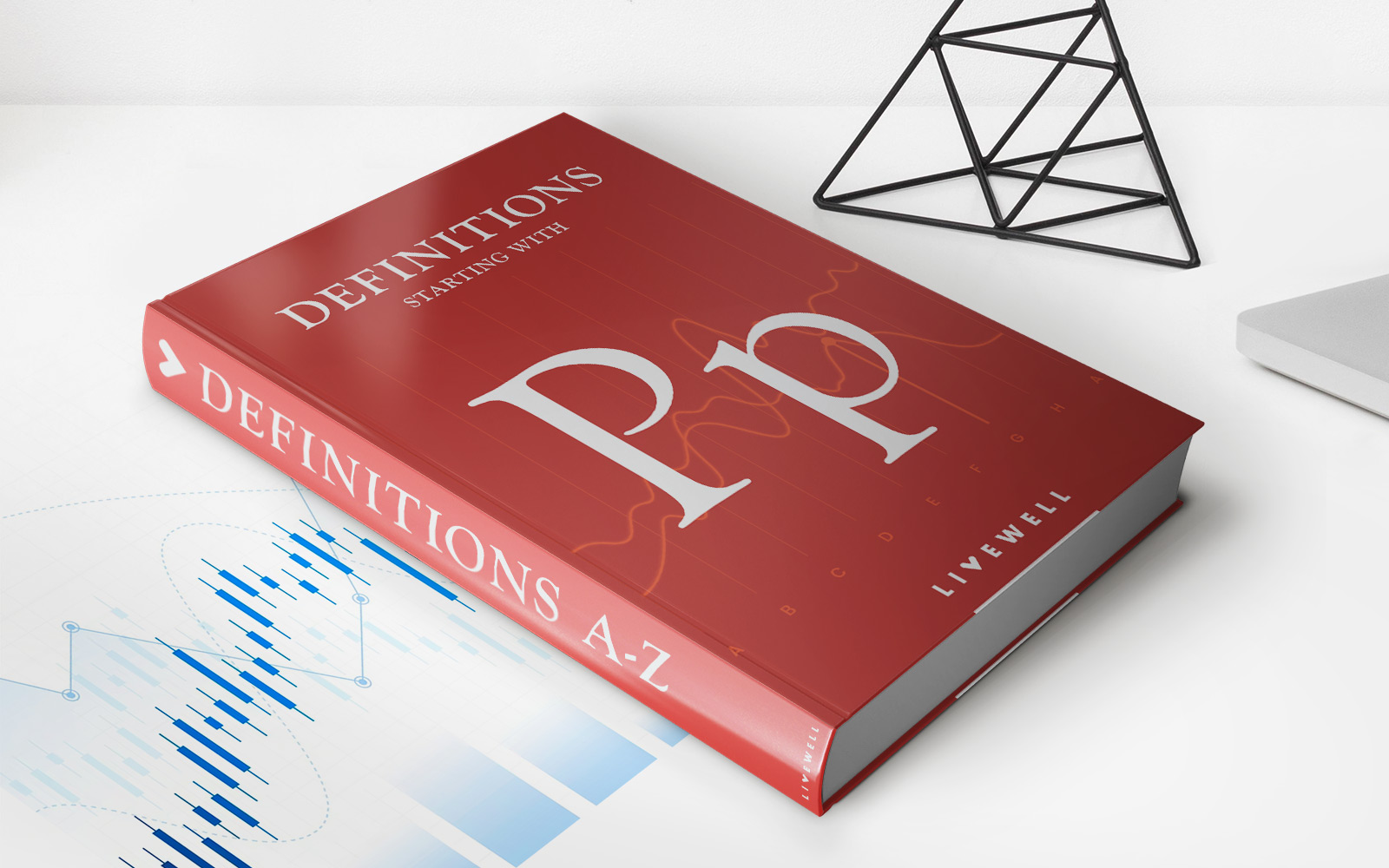

Finance
How Much Is Insurance On A Jet Ski?
Published: November 20, 2023
Get an idea of how much insurance on a jet ski costs and explore financing options for your watercraft. Finance your jet ski with peace of mind.
(Many of the links in this article redirect to a specific reviewed product. Your purchase of these products through affiliate links helps to generate commission for LiveWell, at no extra cost. Learn more)
Table of Contents
Introduction
Jet skiing is a thrilling recreational activity that allows individuals to zoom across the water, experiencing the freedom and excitement of being on the waves. However, like any recreational activity, it is important to understand the risks involved and take appropriate measures to protect oneself and the investment in the equipment. This is where jet ski insurance comes into play.
Jet ski insurance provides coverage in case of accidents, theft, damage, or liability claims involving your personal watercraft. Just like car insurance, jet ski insurance provides financial protection and peace of mind in the event of unexpected incidents.
While insurance is not legally required for jet skis in all states, it is highly recommended. Many marinas and personal watercraft rental companies also require insurance coverage before you can rent a jet ski. Additionally, having insurance can help protect your personal assets in case of accidents or lawsuits resulting from jet ski use.
Before diving into the details of jet ski insurance rates and coverage options, it’s important to understand the factors that can affect the cost of insurance.
(Word count: 175)
Factors Affecting Jet Ski Insurance Rates
When it comes to determining jet ski insurance rates, several factors come into play. Insurance providers assess these factors to calculate the risk associated with insuring a particular watercraft and its owner. Here are the key factors that can impact jet ski insurance rates:
- Age and Experience: Insurance providers consider the age and experience of the jet ski owner. Younger and less experienced riders may be deemed higher risk, leading to higher insurance premiums.
- Location: The location where the jet ski will be primarily used also affects insurance rates. If you plan to use your jet ski in an area prone to accidents or theft, such as crowded waterways or areas with high crime rates, your insurance premiums may be higher.
- Type of Jet Ski: Different types of jet skis have varying insurance rates. High-performance models that can reach higher speeds and are more powerful may have higher insurance premiums due to the increased risk associated with their use.
- Storage and Security: The way you store and secure your jet ski can impact insurance rates. Insurance providers may offer lower premiums if you store your jet ski in a secured facility or use additional security measures, such as alarm systems or tracking devices.
- Usage: How you use your jet ski can also affect insurance rates. If you intend to use it for recreational purposes only, you may have lower premiums compared to those using it for commercial purposes, such as jet ski rental businesses.
- Driving Record: Similar to car insurance, your driving record can influence jet ski insurance rates. If you have a history of accidents or violations, insurance providers may consider you a higher risk and charge higher premiums.
It’s important to note that each insurance provider may have their specific criteria for determining rates. Therefore, it’s recommended to review multiple insurance quotes and policies to find the best coverage and rates that suit your needs.
(Word count: 281)
Coverage Options
When it comes to jet ski insurance, there are several coverage options available to protect you and your personal watercraft from potential risks. Understanding these coverage options can help you make an informed decision when purchasing insurance. Here are the common coverage options offered by jet ski insurance providers:
- Liability Coverage: This coverage protects you in case you are held responsible for causing injury or property damage to others while operating your jet ski. It typically includes bodily injury liability and property damage liability.
- Collision Coverage: This coverage helps pay for the repair or replacement of your jet ski if it is damaged in a collision with another object, such as another watercraft or a dock.
- Comprehensive Coverage: Comprehensive coverage provides protection for non-collision incidents, such as theft, vandalism, fire, or damage caused by weather events.
- Uninsured/Underinsured Watercraft Coverage: This coverage comes into play if you are involved in an accident with another watercraft that is uninsured or inadequately insured. It helps cover your medical expenses and damages in such situations.
- Medical Payments Coverage: Medical payments coverage helps cover the medical expenses for you and your passengers if you are injured in a jet ski accident, regardless of who was at fault.
- Accessory Coverage: Many jet ski insurance policies offer accessory coverage to protect additional equipment or accessories, such as trailers, GPS devices, or other attached accessories.
- Emergency Assistance Coverage: This coverage provides reimbursement for expenses related to towing, assistance, and emergency services in case your jet ski breaks down or you require assistance while out on the water.
It’s important to carefully review the coverage options and limits offered by different insurance providers to ensure you have adequate protection that meets your specific needs. Factors such as the value of your jet ski, intended usage, and personal preferences should be considered when selecting coverage options.
(Word count: 286)
Types of Jet Ski Insurance Policies
When it comes to insuring your jet ski, there are primarily two types of insurance policies you can choose from: standalone jet ski insurance and add-on coverage to your existing boat insurance policy.
- Standalone Jet Ski Insurance: Standalone jet ski insurance is a dedicated insurance policy that specifically covers your jet ski. This type of policy provides comprehensive coverage for your personal watercraft, including liability protection, collision and comprehensive coverage, and additional optional coverages. Standalone policies allow you to customize your coverage to suit your needs and offer flexibility when it comes to coverage limits and deductibles.
- Add-On Coverage to Boat Insurance: If you already have a boat insurance policy, some insurance providers may offer the option to add coverage for your jet ski as an endorsement or rider. This allows you to extend the coverage of your existing policy to include your jet ski. While this can be a convenient option, it’s important to review the terms and conditions and ensure that the coverage provided is adequate for your jet ski.
Both standalone jet ski insurance and add-on coverage to boat insurance have their advantages and considerations. Standalone policies offer more flexibility and customization options, while add-on coverage may be more convenient if you already have a boat insurance policy. It’s essential to compare the coverage options, limits, deductibles, and premiums of both options to determine which one best suits your needs and budget.
Regardless of the type of policy you choose, it’s crucial to carefully review the terms and conditions, including any exclusions or limitations, to ensure you have a comprehensive understanding of the coverage provided.
(Word count: 247)
Average Cost of Jet Ski Insurance
The cost of jet ski insurance can vary depending on various factors such as the type of coverage, your location, the value of the watercraft, your driving record, and the insurance provider. On average, jet ski insurance premiums can range from $200 to $500 per year.
The amount you pay for jet ski insurance will depend on the coverage options you choose and the level of protection you need. Liability-only coverage is generally more affordable compared to comprehensive coverage, which includes collision and comprehensive protection.
The value of your jet ski also plays a significant role in determining the cost of insurance. Higher-end models or newer jet skis with higher market values may have higher insurance premiums due to the increased cost of repairs or replacement.
Your location also affects the cost of jet ski insurance. Areas with a higher frequency of accidents, thefts, or other risks may have higher insurance rates than areas with lower incident rates.
Another significant factor that impacts insurance premiums is your driving record. If you have a history of accidents or violations, insurance providers may consider you a higher risk and charge higher premiums.
In addition to these factors, it’s important to note that insurance providers may offer discounts for various reasons. For example, completing a boating safety course or using additional safety and security measures, such as installing an alarm system or GPS tracking device, may qualify you for a discount on your insurance premium.
Remember, these are average cost ranges, and the actual cost of your jet ski insurance may be higher or lower based on your unique circumstances. It’s recommended to obtain multiple insurance quotes and compare coverage options to find the best policy that meets your needs and budget.
(Word count: 289)
Tips for Lowering Jet Ski Insurance Premiums
If you want to lower your jet ski insurance premiums, there are several strategies you can consider. By implementing these tips, you may be able to reduce the cost of your insurance while still maintaining the necessary coverage. Here are some tips to help you lower your jet ski insurance premiums:
- Shop Around and Compare Quotes: One of the most effective ways to lower your jet ski insurance premiums is to shop around and obtain quotes from multiple insurance providers. By comparing rates and coverage options, you can find the best policy that offers sufficient protection at a more affordable price.
- Consider Higher Deductibles: Opting for a higher deductible can lower your insurance premiums. However, keep in mind that you’ll have to pay a larger amount out of pocket in the event of a claim. Make sure you choose a deductible that you can comfortably afford if an accident occurs.
- Take a Boating Safety Course: Completing a boating safety course can demonstrate to insurance providers that you are a responsible and knowledgeable jet ski operator. Some insurance companies offer discounts to individuals who have completed these courses.
- Install Safety and Security Measures: Equipping your jet ski with safety and security measures, such as GPS tracking devices, engine cut-off switches, or alarms, can help reduce the risk of theft or accidents. Many insurance providers offer discounts for implementing these additional safety measures.
- Bundle Insurance Policies: If you have multiple insurance policies, such as auto or home insurance, consider bundling them with the same insurance provider. Insurance companies often offer discounts for bundling policies, which can help lower your overall insurance costs.
- Maintain a Clean Driving Record: Similar to auto insurance, maintaining a clean driving record without accidents or violations can help lower your jet ski insurance premiums. Safe and responsible driving demonstrates to insurance providers that you are less likely to be involved in accidents.
- Consider Usage-Based Insurance: Some insurance providers offer usage-based insurance programs that track your jet ski usage. If you only use your jet ski seasonally or infrequently, these programs can help lower your premiums based on your actual usage.
Keep in mind that not all insurance providers offer these specific discounts or incentives, so it’s essential to discuss these options with your insurance agent or obtain quotes from different companies to find the best cost-saving opportunities.
(Word count: 363)
Conclusion
Jet ski insurance is an important investment for anyone who owns or operates a personal watercraft. It provides financial protection and peace of mind in the face of unexpected accidents, damage, theft, or liability claims. Understanding the factors that affect jet ski insurance rates, the coverage options available, and tips for lowering insurance premiums can help you make informed decisions when purchasing insurance.
Factors such as age and experience, location, type of jet ski, storage and security measures, usage, and driving record can impact the cost of jet ski insurance. It’s important to carefully review these factors and provide accurate information to insurance providers to ensure that you receive the appropriate coverage at a fair price.
When it comes to coverage options, liability coverage, collision coverage, comprehensive coverage, uninsured/underinsured watercraft coverage, medical payments coverage, accessory coverage, and emergency assistance coverage are some of the common options available. Each option serves a specific purpose and offers protection against various risks.
The cost of jet ski insurance can vary depending on several factors, including the coverage options chosen, the value of the watercraft, location, and driving record. Shopping around, considering higher deductibles, completing a boating safety course, installing safety and security measures, bundling insurance policies, maintaining a clean driving record, and considering usage-based insurance are all effective strategies to lower insurance premiums.
By taking the time to research and understand jet ski insurance, you can make informed decisions that provide the necessary protection for your personal watercraft while minimizing the financial burden. Remember to review multiple insurance quotes, compare coverage options, and consult with insurance professionals to ensure that you have the right coverage at the best possible price.
(Word count: 273)














